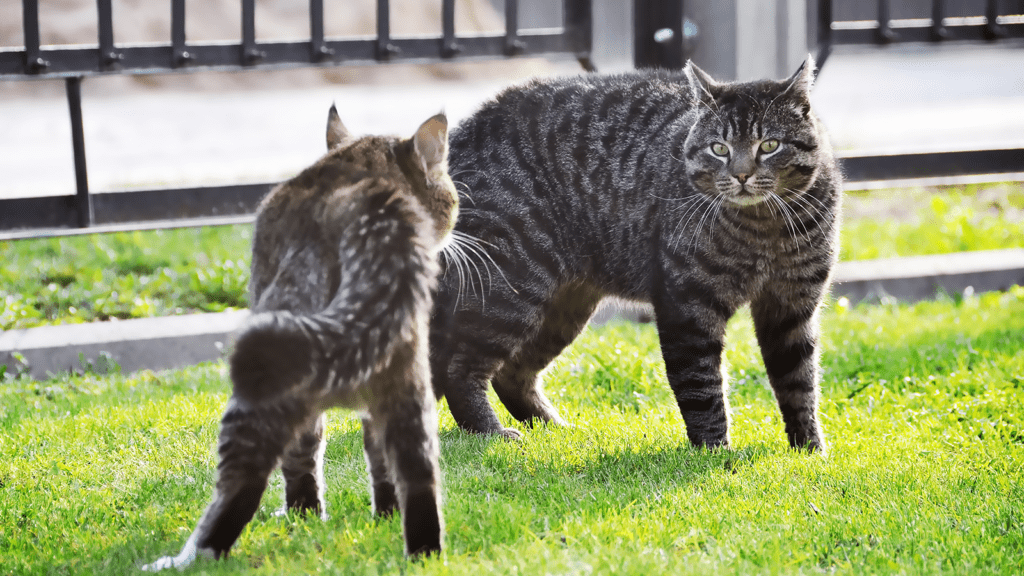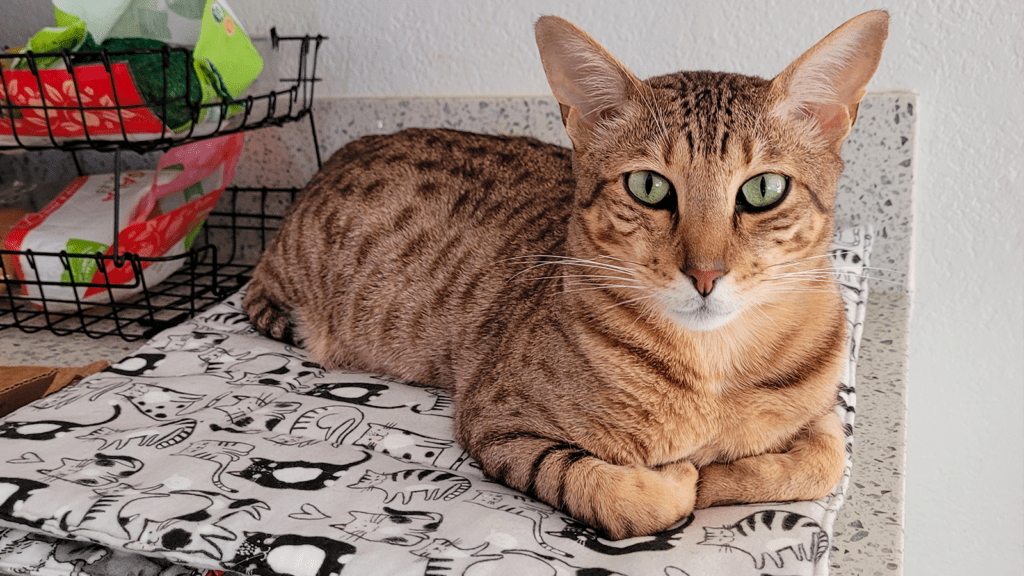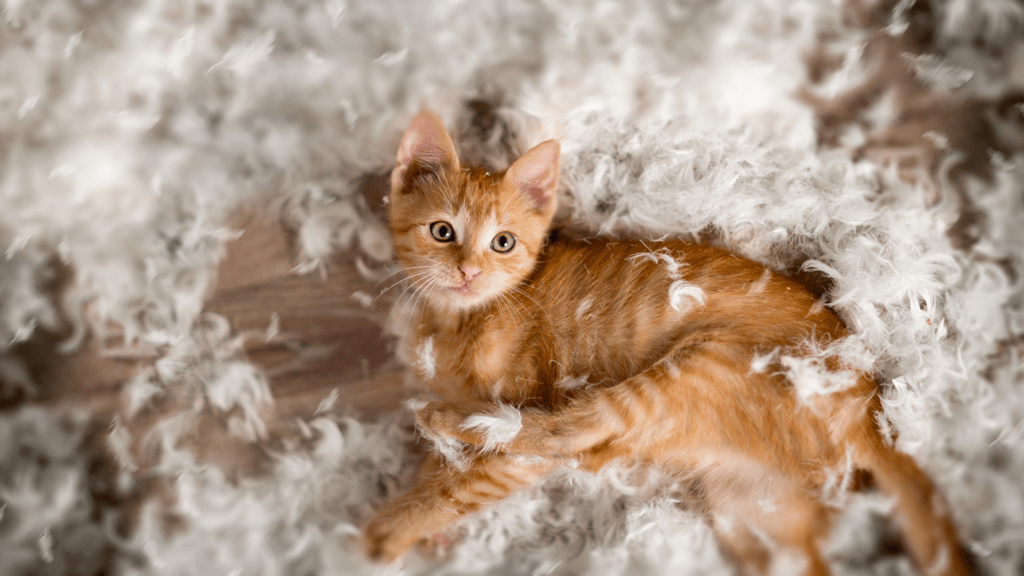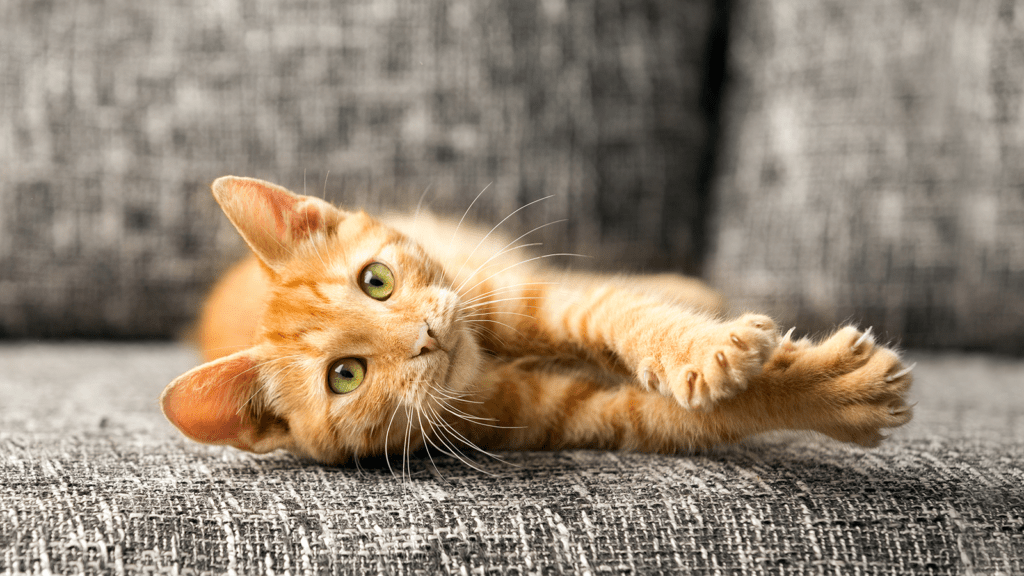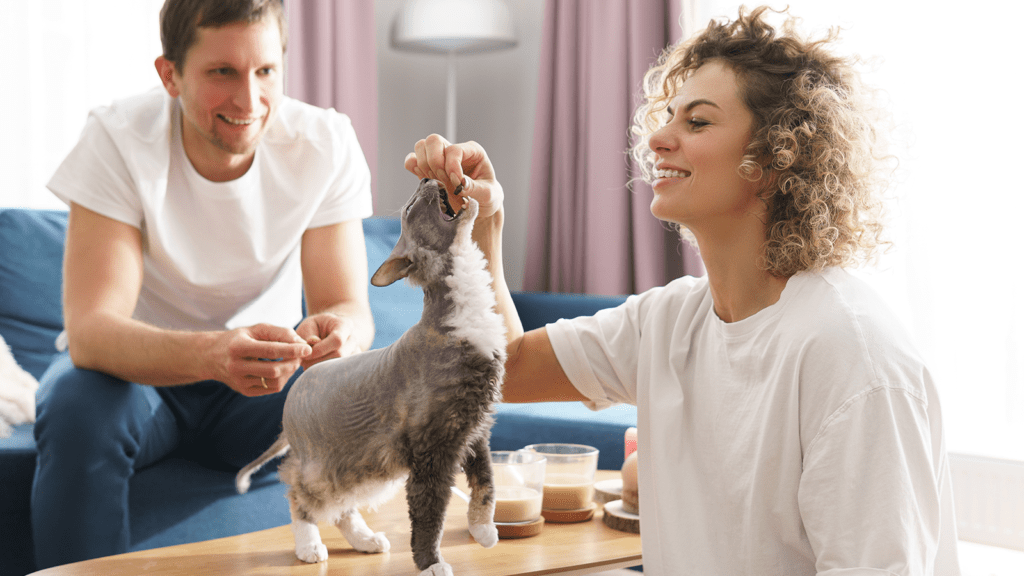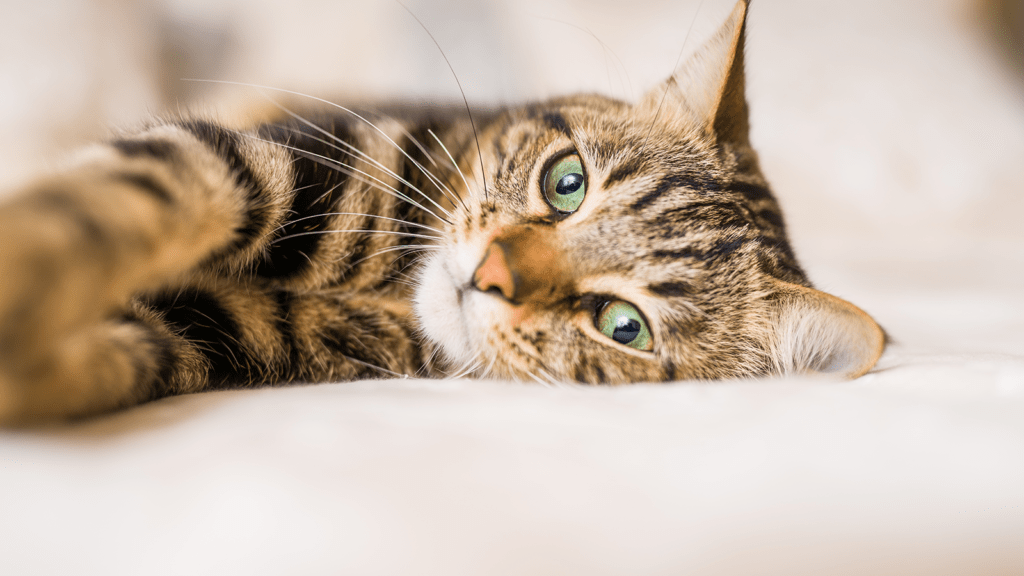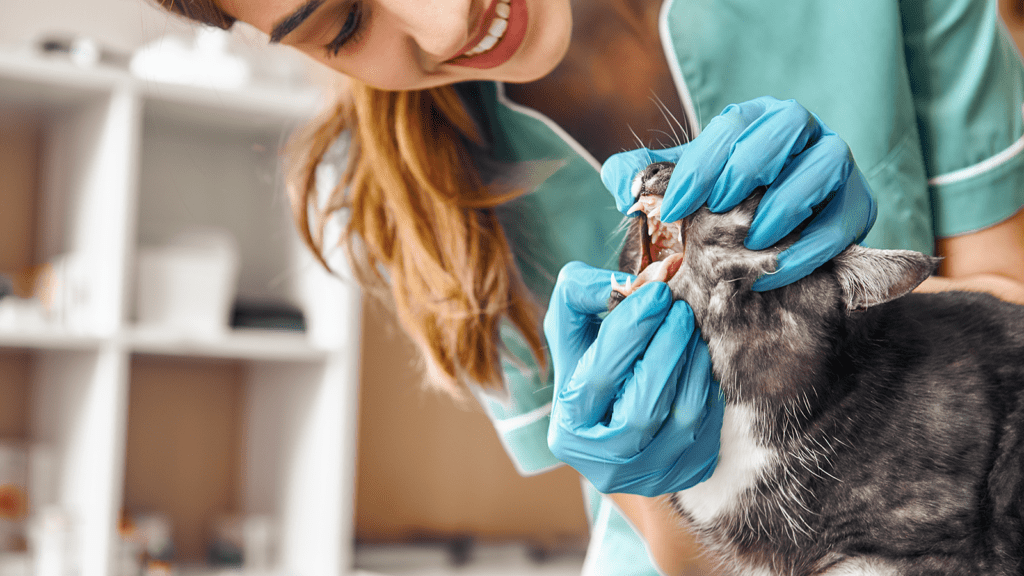Why Do Cats Puff Their Tails?
Why Do Cats Puff Their Tails? If you’ve seen your kitties running around acting crazy and all puffed up, then you might be wondering why your cat’s tail puffs up like that. Cats might puff their tails for a few reasons, but it’s usually because they are scared, spooked, or playful. Interactions with other cats or animals can result in a puffed-up tail! Most cats will poof their tails when they’re feeling threatened, startled, or spooked. A cat’s puffy tail is a way of making themselves look bigger and more intimidating if they are feeling scared or aggressive. So why do cats tails puff up when playing, then? Many cats even puff their tails when they’re feeling playful. This is usually accompanied by other playful behaviors, like chasing other cats or batting at toys while in attack mode. Cats use their tails to communicate a variety of things. If your cat puffs their tail and asks for attention, it might be in a cuddly and playful mood. If your cat puffs its tail and it twitches back and forth, it might be a sign that something has startled it. If you’re unsure why your cat is puffing their tail, try paying attention to its body language and behaviors. The cat’s body language can help you determine if the puffy tail is caused by fright or fun. How Does A Cat’s Tail Puff? The cat’s tail is made up of a series of vertebrae, which are connected by muscles and ligaments. When the cat is relaxed, these muscles are loose, and the tail hangs down. When the cat is scared or angry, the muscles contract, making the tail look bigger. This is known as piloerection, and it is a way for fearful cats to make themselves look larger and more intimidating to other animals. There are also other physical indicators of the cause of puffy tails. You’ll likely see the usual physical responses and body language as a frightened cat or playful cat, such as erect ears, whiskers pointed forward, constricted pupils, puffy fur, and a big tail. How Long Does A Cat’s Puffed Tail Last? A cat’s puffed tail usually lasts for a few seconds, although it can sometimes last longer if the kitty is feeling particularly aggressive, scared, or angry. Once the cat has calmed down, the muscles will relax, and the tail will return to its normal position. What Should You Do If Your Cat Puffs Its Tail? If your cat puffs its tail, it is important to try and understand why they are doing it. If you think they may be scared or angry, it is best to leave them alone for a little while until they have calmed down. They might be feeling aggressive, and you could get caught in the middle of a fight. If you think they are being playful, you can try playing with them using a toy or some string. If you are unsure why your cat is frequently puffing its tail, consider consulting a veterinarian or animal behaviorist, as there may be other factors involved. Should I Help De-Puff My Cat’s Tail? There is no need to help de-puff your cat’s tail, as it is a perfectly natural behavior. However, if your cat is playful, de-puffing its tail can be a fun bonding ritual for our feline friends! Conclusion Cats puff their tails for a variety of reasons, including when they are scared, angry, or playful. There’s no need to de-puff your cat’s tail, but it can’t be fun to do so if your cat is calm. It’s important to pay attention to your cat or kittens to find out why their tail is puffed, but it’s perfectly normal behavior.
Why Do Cats Puff Their Tails? Read More »

